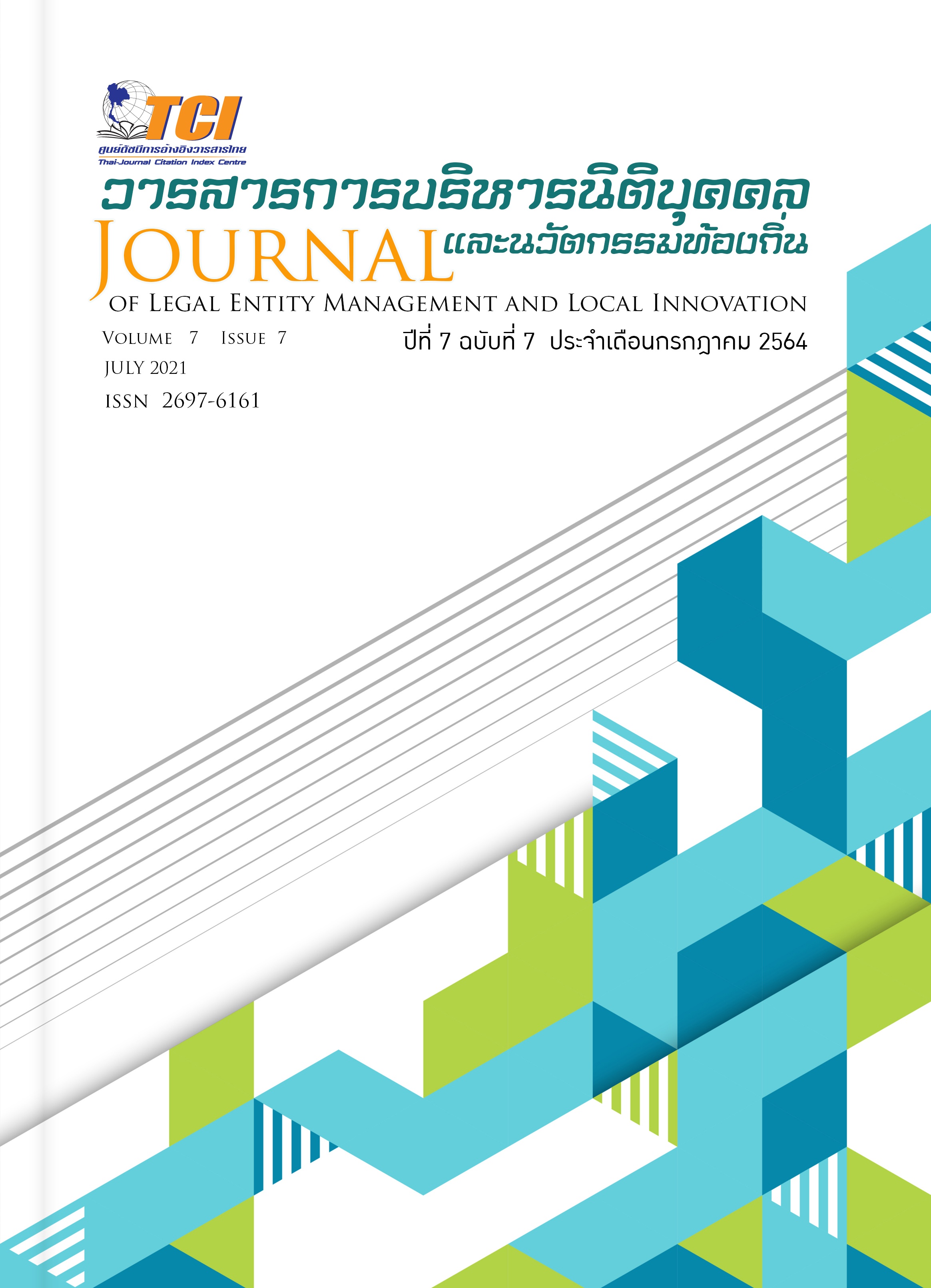การคำนวณต้นทุนผลิตภัณฑ์และการกำหนดราคาขายผลิตภัณฑ์ กรณีศึกษา: ผลิตภัณฑ์ชุมชนเนินขาม ตำบลเนินขาม จังหวัดชัยนาท
คำสำคัญ:
ต้นทุนผลิตภัณฑ์, ราคาขายผลิตภัณฑ์, จุดคุ้มทุน, ผลิตภัณฑ์ชุมชนบทคัดย่อ
งานวิจัยนี้มีวัตถุประสงค์1) เพื่อศึกษาต้นทุนผลิตภัณฑ์ ชุมชนเนินขาม ตำบลเนินขาม จังหวัดชัยนาท 2) เพื่อศึกษาการกำหนดราคาขายผลิตภัณฑ์ชุมชนเนินขาม ตำบลเนินขาม จังหวัด ชัยนาท เป็นงานวิจัยเชิงคุณภาพ การเก็บข้อมูลใช้สัมภาษณ์แบบเจาะลึก โดยศึกษากลุ่มประชากรที่ศึกษา 20 คน ตัวอย่างจากกลุ่มผลิตภัณฑ์ชุมชนที่เข้าร่วมจำนวน 20 ผลิตภัณฑ์และแบ่งเป็น 4 กลุ่มผลิตภัณฑ์ วิเคราะห์ข้อมูลจากเนื้อหาและตรวจสอบข้อมูลแบบสามเสา ผลการศึกษาพบว่าการคำนวณต้นทุนผลิตภัณฑ์สามารถแบ่งได้เป็น 4 กลุ่มผลิตภัณฑ์คือ 1) กลุ่มต้นทุนผลิตภัณฑ์โฮมสเตย์สำหรับนักท่องเที่ยวมีการคำนวณต้นทุนผลิตภัณฑ์ไม่ครบถ้วน กล่าวคือไม่ได้นำค่าแรงงานทางตรงและค่าใช้จ่ายการผลิตมารวมคำนวณเป็นต้นทุนผลิตภัณฑ์ เนื่องจากเป็นการทำงานของเจ้าของเพียงคนเดียวและใช้พื้นที่ของตนเองในการให้บริการแก่นักท่องเที่ยว 2) กลุ่มต้นทุนผลิตภัณฑ์แปรรูปผักผลไม้นำค่าใช้จ่ายการผลิตและค่าวัตถุทางตรงที่หาซื้อได้จากท้องถิ่นมาคำนวณเป็นต้นทุนผลิตภัณฑ์แต่ไม่ได้นำค่าแรงงานทางตรงมาคำนวณต้นทุนผลิตภัณฑ์ 3) กลุ่มต้นทุนผลิตภัณฑ์เศษผ้า ทอโบราณลายเนินขามไม่ได้นำ ค่าใช้จ่ายการผลิตและวัตถุดิบทางตรงมาคำนวณต้นทุนผลิตภัณฑ์เนื่องจากเป็นการนำเศษผ้าที่เหลือมาสร้างมูลค่าเพิ่ม 4) กลุ่มต้นทุนผลิตภัณฑ์เอนกประสงค์ มีการคำนวณต้นทุนผลิตภัณฑ์ครบถ้วน กล่าวคือได้มีการนำวัตถุดิบทางตรง ค่าแรงงานทางตรง และค่าใช้จ่ายการผลิตมารวมคำนวณเป็นต้นทุนผลิตภัณฑ์ทำให้กลุ่มต้นทุนผลิตภัณฑ์ทราบถึงจุดคุ้มทุนของผลิตภัณฑ์ และผลการศึกษายังพบอีกว่าการกำหนดราคาขายผลิตภัณฑ์ ผลิตภัณฑ์ใช้การกำหนดราคาขายโดยการเปรียบเทียบจากคู่แข่งขัน ทำให้ผลิตภัณฑ์จำนวน 7 ผลิตภัณฑ์มีการกำหนดราคาขายต่ำกว่าต้นทุนผลิตภัณฑ์ที่แท้จริงส่งผลให้ผลิตภัณฑ์เหล่านั้นมีผลขาดทุนจากการดำเนินงาน


